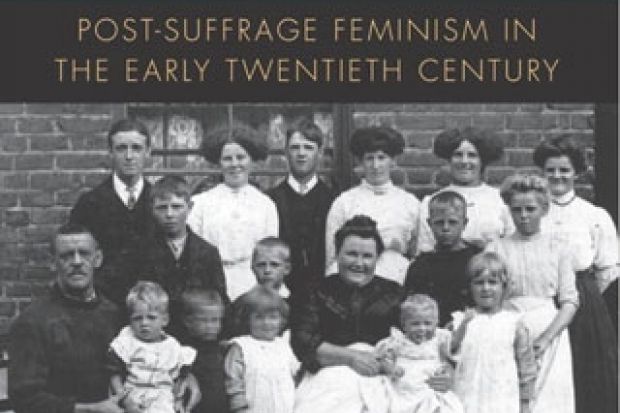Was birth control a feminist issue? For anyone who reads this book, the conclusion will be a resounding yes. But social movements are complex. The birth control campaign included socialists, neo-Malthusians and eugenicists, many of whom were also feminists. Clare Debenham’s book includes an appendix featuring an extensive Collective Biography of Birth Control Activists (all women), in which we read that many, if not all, were feminist and had been suffragists or suffragettes. But whether they were “new feminist” or “equality feminist”, a question to which a chapter is devoted, seems irrelevant. I suspect many shared both ideologies.
Debenham provides a useful history of the birth control movement from the opening of the first clinic in 1921, to 1973 when the NHS finally provided family planning services. She analyses hostility to the movement from sources including the churches and the medical profession, and discusses links with the eugenics movement. Maternal mortality rates were shockingly high in the interwar years. Dora Russell (who is absent from the Collective Biography) spoke passionately at the 1926 Labour Party Conference and declared that it was four times as dangerous for a woman to bear a child as for a man to work in a mine.
In 1921, Marie Stopes established the first birth control clinic in London’s East End. Three years later, the Society for the Provision of Birth Control Clinics was set up with the aim of forcing the provision of municipal birth control clinics, which would be free and accessible to working-class women. The society was, however, prepared to provide clinics until state provision was achieved. These clinics were widely distributed geographically in England and Scotland. Initially, volunteer clinic workers encountered considerable hostility; they were called whores and pelted with eggs. Clinics were situated discreetly and were made as comfortable as possible to put women at their ease. Workers were trained to treat clients with sympathy and kindness. Most importantly, women who used the clinics were given control over their own fertility.
Clinic workers were shocked to discover that many women regarded abortion as a legitimate birth control strategy. A 1926 report from a Manchester clinic described “the popular confusion” between contraception and abortion. Pregnant women visited the clinic to obtain “the relief”, which they regarded as “the orthodox means of family limitation”. Apparently they believed that self-administered abortion was permissible. They “would jump down the stairs…dose themselves with senna pods…sometimes nothing worked”.
Birth Control and the Rights of Women, which began as a doctoral thesis, is at its best when it uses direct testimony from activists and from the women Debenham interviewed. However, the proliferation of acronyms can be overwhelming, and it might have been useful to include statistics on improvements in maternal mortality throughout the years of the campaign. It is also a pity that the book does not feature photos of some of the interesting women featured; the author “relied on their words to paint a picture” instead. I longed to see a portrait of Lady Trudie Denman, who raced around England in her car “dressed in breeches with a half-smoked cigarette hanging from her mouth”, or Ellen Wilkinson, “petite with a striking presence, although she lacked dress sense”.
Birth Control and the Rights of Women: Post-Suffrage Feminism in the Early Twentieth Century
By Clare Debenham
I. B. Tauris, 288pp, £62.00
ISBN 9781780764351
Published 6 March 2014
Register to continue
Why register?
- Registration is free and only takes a moment
- Once registered, you can read 3 articles a month
- Sign up for our newsletter
Subscribe
Or subscribe for unlimited access to:
- Unlimited access to news, views, insights & reviews
- Digital editions
- Digital access to THE’s university and college rankings analysis
Already registered or a current subscriber?





